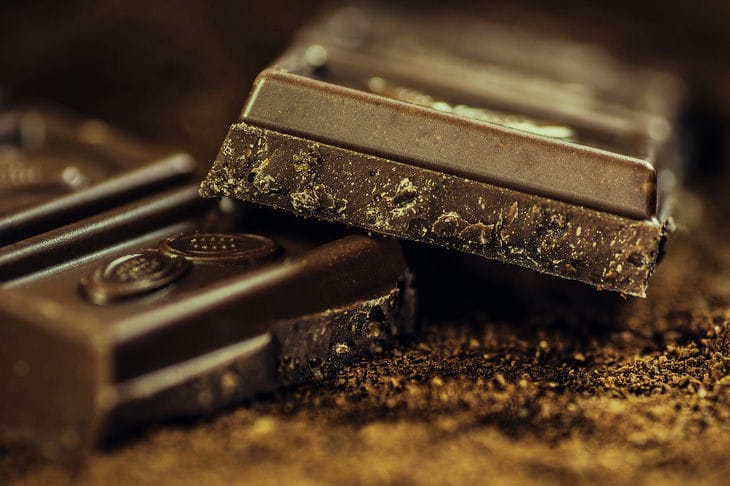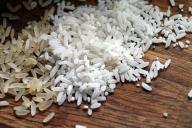The problem of headache and migraine is a matter of serious concern in medical institutions all over the world, and the majority of those suffering from it are women.
Dr. Peterlin from Johns Hopkins University in Baltimore (USA) emphasizes that migraines can be triggered not only by certain foods, but also by skipping meals or fasting.
This is because low blood glucose levels, known as hypoglycemia, can contribute to the development of migraines.

Therefore, maintaining a regular diet is crucial for preventing migraine attacks.
It is important to understand that each person who suffers from migraines may have a unique combination of triggers.
To identify these triggers, doctors often recommend keeping a diary to track factors that precede the onset of a headache over a 24-hour period.
Alcohol
In particular, red wine is widely recognized as a migraine trigger. Research conducted by Brazilian scientists shows that about a third of migraine sufferers associate alcohol with a possible cause of attacks.
Some experts believe that specific compounds in wine, such as tannins and flavonoids, may contribute to headaches. This is especially true for tannin-rich red wines, such as Cabernet Sauvignon.
In addition, drinking alcohol can lead to dehydration and fluctuations in levels of serotonin, a neurotransmitter involved in regulating pain, which further intensifies headaches.
Caffeine
People prone to migraines may need to limit their intake of coffee and other caffeinated beverages.
Caffeine acts on certain receptors in the brain that are associated with migraines.
Experts recommend limiting caffeine consumption to approximately 250-350 ml per day.
It is worth noting, however, that caffeine in small amounts can have a calming effect and provide relief during an attack. As with many things, moderation is key.
Aged cheeses
Gorgonzola, Camembert, Brie, Cheddar, Blue Cheese and Parmesan have delicious textures and flavors, but they can also trigger migraines.
Research shows that these cheeses contain compounds called tyramines, from the Greek word tyros, meaning cheese.
Tyramine can affect neurotransmitters in the body and cause migraines. Similarly, tyramine is found in beer, smoked fish, fermented soy products, and sauerkraut.
Products with preservatives
Delicacies such as hot dogs, sausages, ham and even turkey sandwiches have been identified as potential headache triggers.
These products often contain the preservative sodium nitrite, which is added to maintain the appetizing pink color characteristic of meat products.
It is believed that this supplement may cause biochemical changes in the brain that trigger migraines. Choosing fresh meat products may help prevent headaches.
Monosodium glutamate (MSG)
Studies have shown that consuming monosodium glutamate (MSG) can cause headaches in about 2.5% of people. MSG is often found in Chinese restaurant dishes, Asian seasonings, soy sauce, and bouillon cubes. It is also found in some cheeses and tomatoes.
Citrus fruit
Some studies have found a link between citrus fruit consumption and migraines. This link is due to the presence of tyramine in these fruits.
Aspartame
Aspartame, an artificial sweetener, is also suspected of contributing to migraines. Therefore, people prone to migraine attacks are advised to avoid artificial sweeteners containing aspartame and sodas sweetened with it.
Legumes
Beans, peas and lentils, known as legumes, have also been identified as potential migraine triggers due to their tyramine content.
Nuts
Various types of nuts are known to trigger migraines in some people.
It is recommended to keep a special food diary to track the relationship between nut consumption and the occurrence of headaches over the next 4-12 hours.
If a recurring pattern is found, then nuts are most likely the trigger.
Chocolate
A favorite treat for many, chocolate is one of the most common causes of migraines.
Surprisingly, the risk of developing a migraine attack is directly dependent on the cocoa content in chocolate.
Dark chocolate is more likely to trigger migraines than milk chocolate. In addition, chocolate can cause mild hypoglycemia and contains tyramine, which further increases the likelihood of headaches.
In conclusion, understanding the various migraine triggers is crucial to treating and preventing these debilitating headaches.
By identifying individual triggers and making lifestyle changes, such as eating a regular diet and avoiding certain foods and drinks, migraine sufferers can significantly reduce the frequency and severity of attacks.
To obtain an accurate diagnosis, develop a personalized treatment plan, and provide ongoing support in effectively treating migraines, it is important to seek the help of a healthcare professional.
Previously, we listed 8 ways to lower blood pressure without medication.








